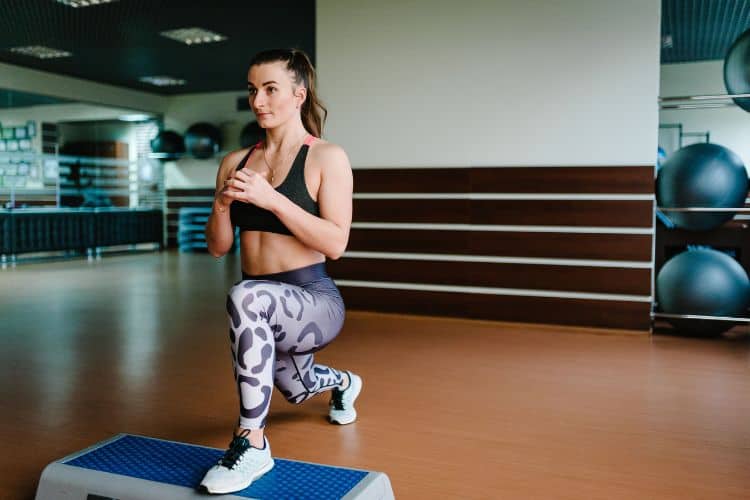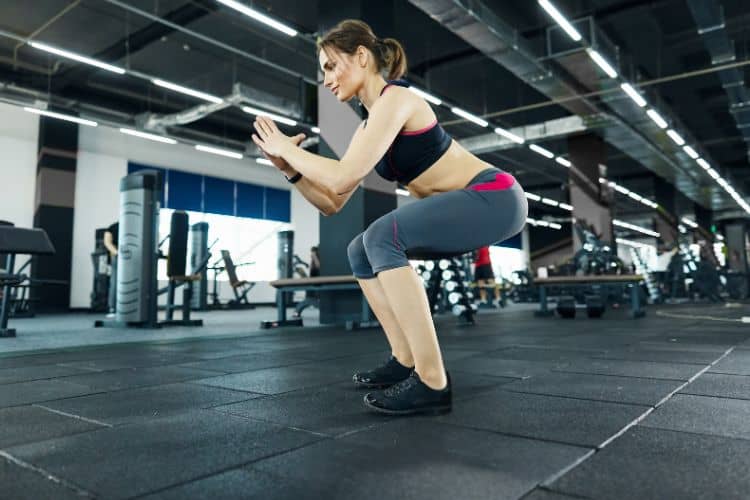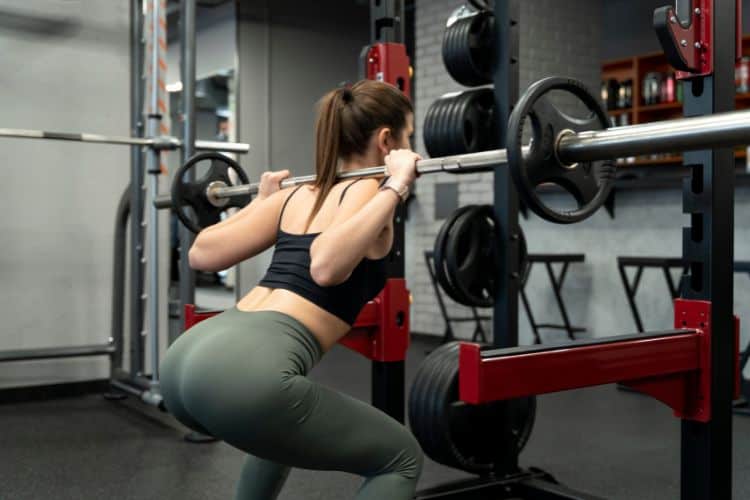Sign up for workout ideas, training advice, reviews of the latest gear and more.






When it comes to building raw lower-body strength, few exercises rival the barbell back squat. Known as the “king of all lifts,” the barbell back squat is a compound movement that targets your quads, hamstrings, glutes, core, and even your upper back. Whether you’re a powerlifter, bodybuilder, athlete, or just someone aiming for better fitness, the barbell squat should be a cornerstone of your program. In this comprehensive guide, we’ll break down everything you need to know about the barbell back squat—from proper technique and benefits to programming, variations, and safety tips.
The barbell back squat is a compound strength-training exercise performed by placing a loaded barbell on your upper back (either high or low on the traps) and bending the knees and hips to lower the body into a squatting position, then returning to a standing position.
Unlike isolation movements, the back squat uses multiple joints and muscle groups simultaneously, making it a functional, full-body strength builder.
The barbell back squat primarily works the quadriceps, hamstrings, glutes, and calves, making it one of the most effective ways to build strength and muscle mass in the lower body.
Squatting with a loaded barbell requires you to engage your core, spinal erectors, and stabilizing muscles, helping develop a strong and resilient trunk.
Barbell squats mimic movements in sports and everyday life. They improve explosive power, speed, balance, and agility, making them ideal for athletes across all disciplines.
Because it engages large muscle groups, the back squat can stimulate the release of growth hormone and testosterone, aiding in muscle growth and fat loss.
Squats train patterns essential for daily activities—like standing up, lifting, and walking—promoting better mobility, balance, and joint health.
Step 1: Setup and Unrack
2: Foot Placement
3: Descend into the Squat
4: Drive Up
5: Repeat
Allowing your knees to collapse inward can strain the joints. Focus on driving your knees outward in line with your toes.
Maintain an upright chest and a neutral spine throughout the movement to protect your lower back.
Your feet should remain flat. Rising onto your toes indicates poor ankle mobility or quad dominance.
Partial squats limit muscular engagement. Aim for at least parallel depth, unless mobility or injury restricts you.
Hold your breath and brace your core during the descent and exhale at the top. This increases intra-abdominal pressure and stabilizes your spine.
Choose the variation based on your goals, anatomy, and mobility. Powerlifters often prefer the low bar for maximal load, while Olympic lifters and bodybuilders may favor the high bar.
Pause at the bottom of the squat for 1–3 seconds to improve control and eliminate bounce.
Use slow tempo (e.g., 3 seconds down, 1 second up) to build time under tension and reinforce technique.
Squat to a box to train depth and posterior chain engagement, especially useful for beginners or rehab.
Uses a specially designed barbell to reduce shoulder strain while maintaining a more upright posture.
Start from the bottom on safety pins to build explosive power out of the hole.
If your goal is muscle hypertrophy (size):
If your goal is maximal strength:
Proper warm-up improves squat depth, reduces injury risk, and prepares your central nervous system.
| Week | Sets x Reps | Load |
|---|---|---|
| 1 | 3 x 10 | 60% |
| 2 | 4 x 8 | 65% |
| 3 | 5 x 6 | 70% |
| 4 | 3 x 5 | 75% |
| 5 | Deload | 50% |
The barbell back squat is suitable for most individuals, but consider alternatives if you have:
In such cases, consult a physical therapist or certified trainer for modified options like goblet squats, leg presses, or split squats.
Yes, with proper form and safety precautions. Start light, progress slowly, and use spotters or safety bars.
Ideally to parallel or below, but always work within your mobility limits and avoid sacrificing form.
Yes. Many programs involve 2–3 squat sessions per week, using varied intensities and volumes.
The barbell back squat is a foundational exercise that builds strength, muscle, and mental toughness. Whether you’re chasing performance goals or improving overall fitness, mastering the back squat will pay off in every area of your training.
Focus on form first, stay consistent, and commit to long-term progression. With the right approach, the squat will become your most rewarding lift.
Start incorporating the barbell back squat into your weekly workouts and track your progress over time. Combine it with proper nutrition, rest, and complementary exercises like lunges, Romanian deadlifts, and core training for optimal results.
Want more effective workouts?
Subscribe to our blog or follow us on Pinterest for new routines, challenges, and fitness tips!
Stay up to date on the latest women’s health, fitness and lifestyle trends and tips.